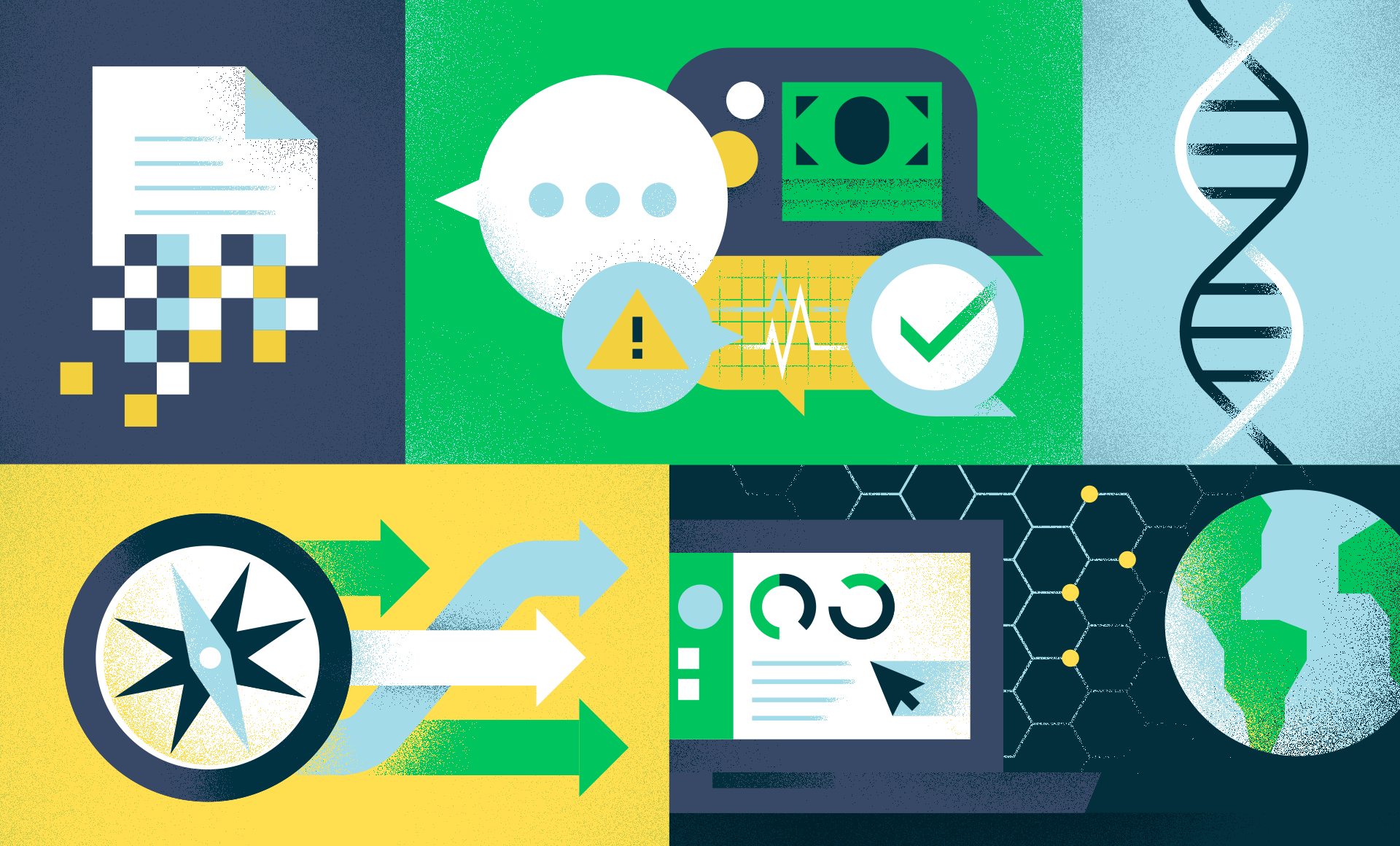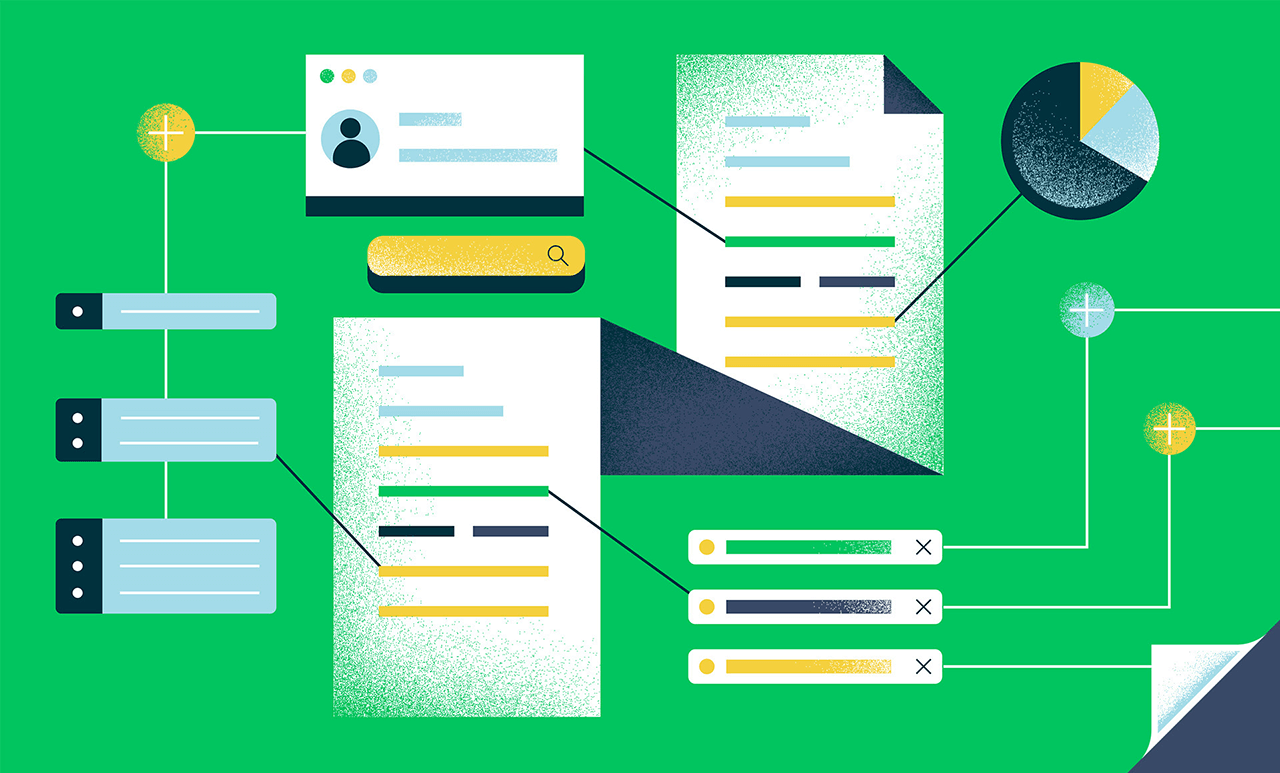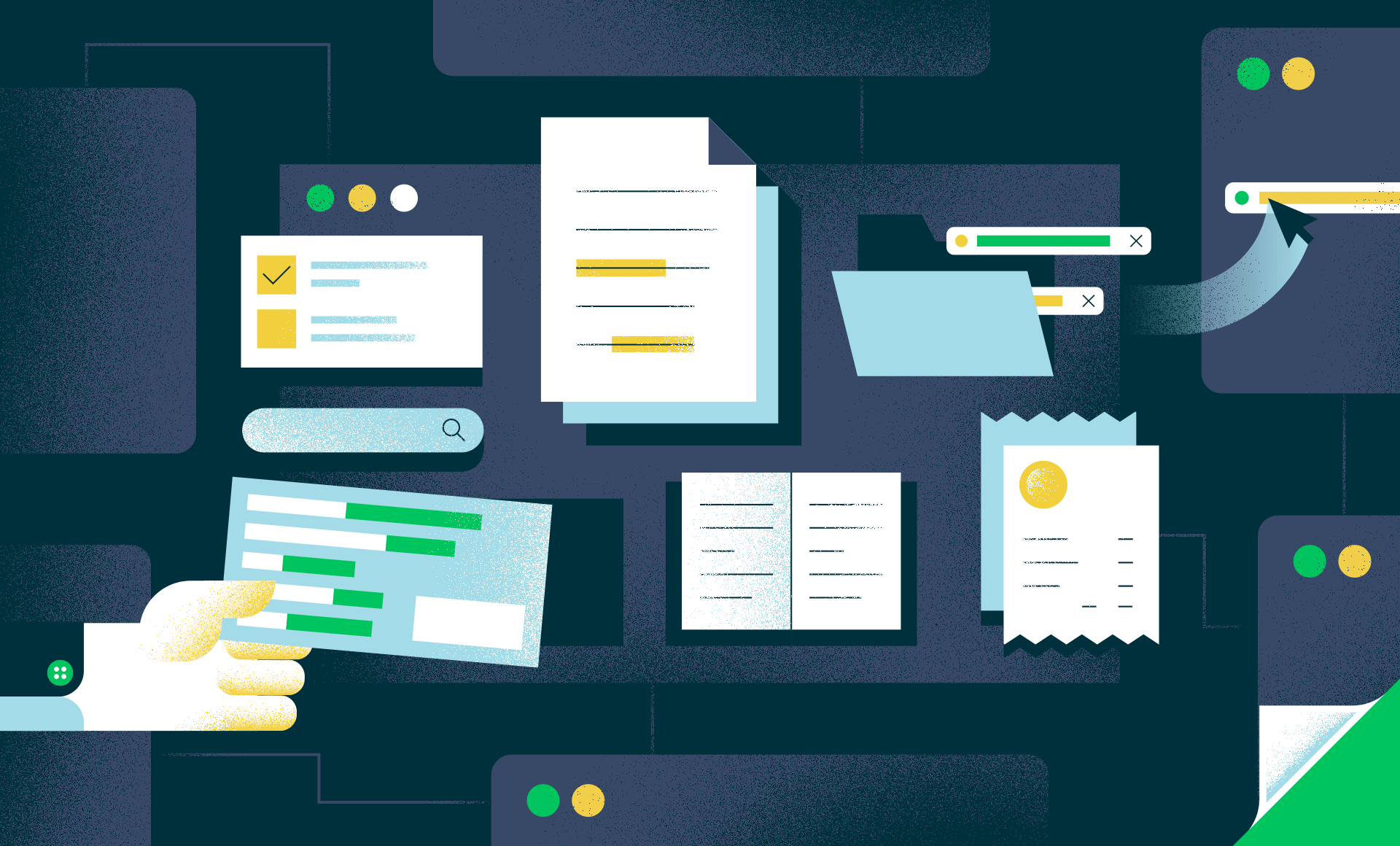This article is the last in a series of four that trace the history of contract automation and technology, and its future. See the earlier installments by clicking here, here and here.
In this series we have seen how, over a span of decades, the application of contract automation technology has grown: from contract drafting tools (word processing and document assembly), to episodic contract reviews (whether for regulatory change or M&A), and more recently to the creation of contract databases (contract lifecycle management). As a result, the legal importance of contracts data was well established. Their business value to the enterprise had yet to be fully appreciated. This is now changing rapidly.
Contracts As Critical Business Data
Over the next five years, we expect that all businesses will appreciate having full visibility into the business insights that sit within their contracts. These critical documents (and related ones such as purchase orders and invoices etc.) document the business processes and organizational resources necessary for a business to function: obligations of the company’s customers’ to pay, the services or products to be delivered, the expectations of vendors and suppliers, the agreements that help retain employees and contractors.
This “contract intelligence” is increasingly a source of competitive advantage. Business processes represented in contracts can be the “secret sauce” that makes some companies successful and others not. Having quicker access to this information can help an enterprise be more nimble and outmaneuver its peers.
Contracts are increasingly seen as at the heart of any “digital transformation” initiative, but companies are missing a system to rapidly make sense of this large unpenetrated reserve of organizational data. Current ERP, CRM and HRIS systems and associated BI tools have helped companies better understand their business, but they provide visibility only to existing structured data, which is typically only a fraction of the overall data in a business. Reviewing, analyzing and extracting structured information from text documents like contracts has historically required heavy manual review in a very unsustainable way. As a result, businesses have been resigned to accepting high levels of risk as business-as-usual.
As more professionals have begun to appreciate the valuable insights that are locked up in contract data, they have sought out efficient and powerful ways to release it. With AI tools like Kira, companies can now scan across their business documents and find clauses and data points. They can create machine learning models that represent their unique business needs, without any technical knowledge of AI. And they can pull that data automatically into other enterprise systems via APIs.
Intelligence that Answers your Questions
If you continue upon this arc, the next step is clear: to accelerate the gleaning of insights directly from those documents. What if you could ask your most pressing business questions to your contracts and get an instant answer - an answer that was derived from the subject matter experts in your organization?
Yesterday, we announced our next leap forward - an intelligence that does just that. This new capability goes beyond identifying and extracting provisions, clauses, and data points, by interpreting this data and providing decision-makers in firms and organizations with the answers to their most pressing questions, instantly. It’s fully integrated into our no-code machine learning platform, Kira Quick Study, allowing for easily scalable customization.
The leap that Kira’s new answers capability enables is like the leap we all have made in navigating the world using our smartphones. It was a fantastic step forward to be able to hold an electronic map in your hand, but it was still a map. It was up to the user to find the starting and ending points, and figure out the best route between the two. But Google Maps and other navigation assistants changed all that - now we can just ask for the directions by naming the destination, and the best route and the travel time is calculated for us. The need to analyze the map data on our own is greatly reduced.
By providing answers derived from contract data, Kira delivers a similar type of boost to users who have common questions about the content of their contracts. The answers have been there all along; with today’s Kira, the relevant terms and clauses containing the answers are efficiently and accurately surfaced; but it’s still up to the user to review those clauses and determine the answer to the question. Our new feature takes that last step out of the process, enabling the user to go straight to the answers to questions such as:
- “Can you terminate this agreement for convenience?”
- “Does the agreement renew automatically?”
- “Does the contract contemplate payment of a non-refundable amount?”
- “Does this lease require payment of percentage rent?”
- “Does this contract contemplate an inflation adjustment?”
Some readers will undoubtedly point out that data scientists can build tools that produce output structured as yes-no and multiple choice answers (and have, for years). However, Kira is (we think) the first to do this for document analysis in a scalable way: any domain expert can create their own answer models for their own use, using our advanced no-code machine learning interface. No intervention from technical teams or data scientists is required.
Now, rather than requiring extensive review of relevant clauses extracted from contracts to arrive at the answer, Kira will now clearly and directly hone in on the specific answer users are looking for.
The Future of Business Workflow
Customers’ ability to integrate contract data in workflow will take a leap forward with this new capability. Answers to commonly asked questions can be automatically embedded directly into other internal systems, triggering actions and faster, more accurate decisions across their organizations. And lawyers will be able to focus more on engaging with clients on the legal and business significance of what’s in their contracts rather on the process of extracting that information.
- Businesses need tools that allow them to be instantly responsive to changes in regulation and the business environment.
- Companies need to embed contract data in business processes, including risk management, procurement, retail operations, strategic planning, and finance.
- Lawyers, accountants, auditors and other professionals want to complete process-oriented review work efficiently, so they can focus their expertise on higher-value advice to clients based on insights quickly extracted from contract data.
We expect to see contract analysis systems quickly becoming integrated more deeply into both business intelligence and business workflow automation tools. Many companies, large and small, are already working on this space, designing “smart contracting” systems that begin to represent contracts as digital objects so that obligations can be tracked and actions automated.
We see Kira as a bridge between these worlds; deeply technical and yet deeply human at the same time. Our mission is to enlighten the word’s enterprises to truly know what is in their contracts, and our vision is to do this by empowering people to capture and share their expertise using AI. We delight in sparking unimaginable creativity and innovation in this once-staid world of business documents. Our scientists and development teams are constantly responding to new challenges faced by our customers, creating the next generation of contract technology, and putting those advancements in the hands of our customers. Getting answers instantly with Kira is just the most recent refinement in this quest.
To learn more about Kira’s new capabilities, see yesterday’s announcement by clicking here.
Learn how your team can leverage Kira’s machine learning capabilities. Chat with us this week at our ILTA>ON virtual booth or sign up for our ILTA Product Briefing on Sept 14 to discover more about Kira’s new capability.



